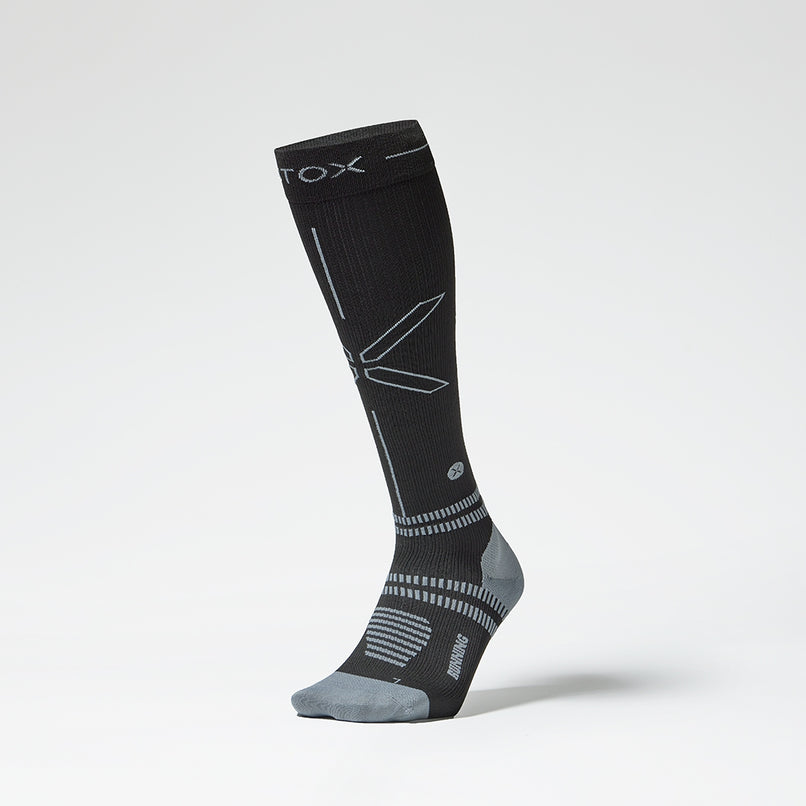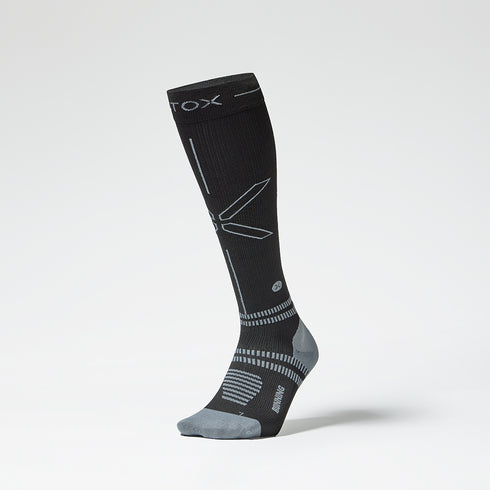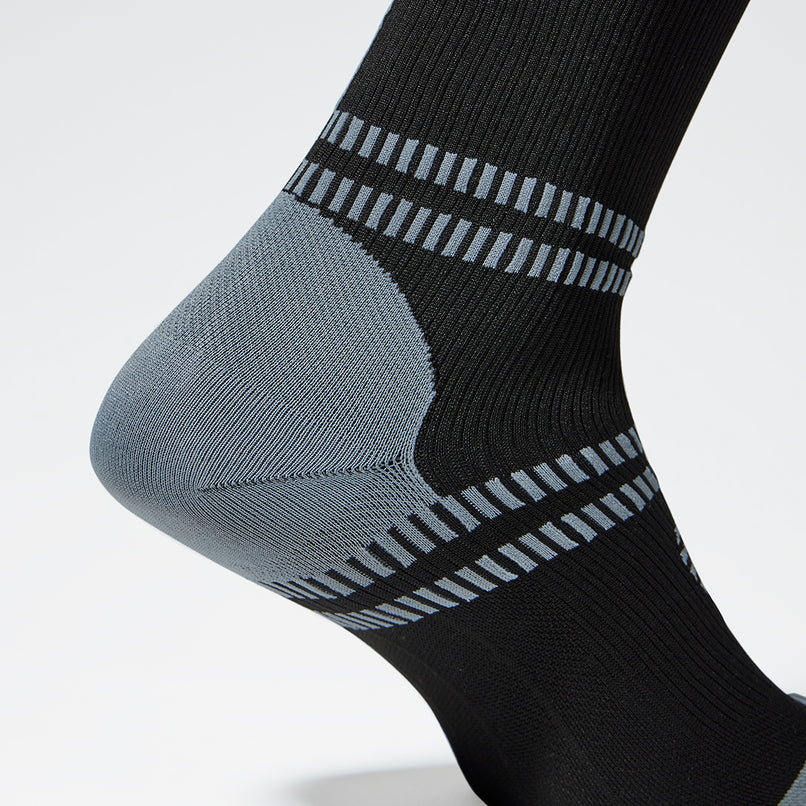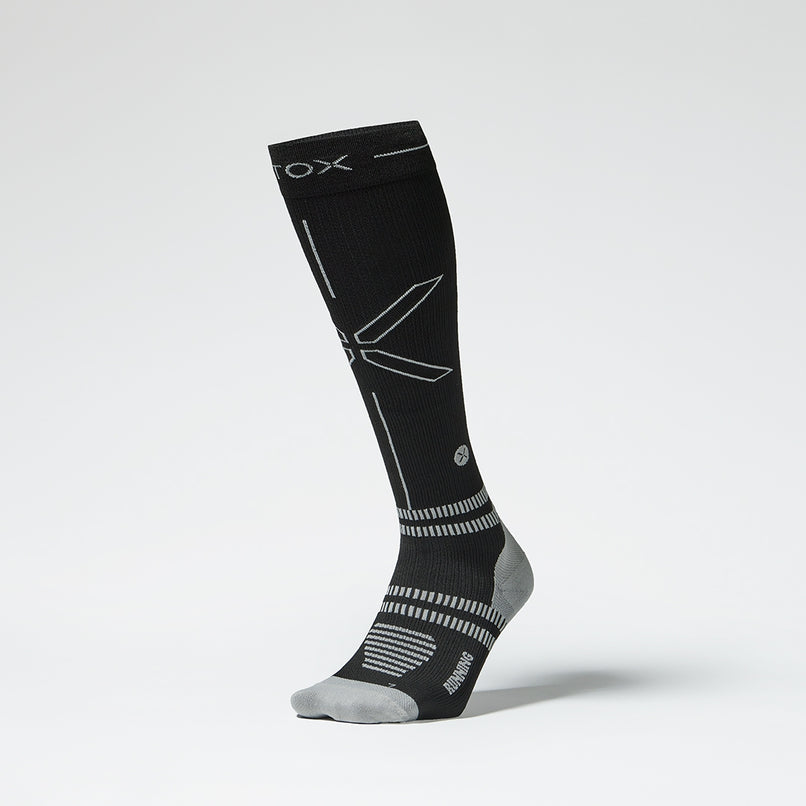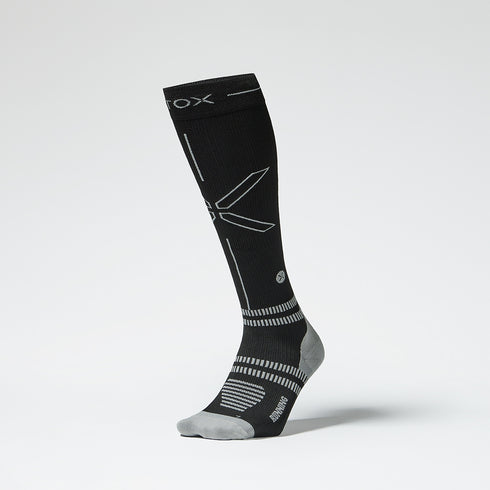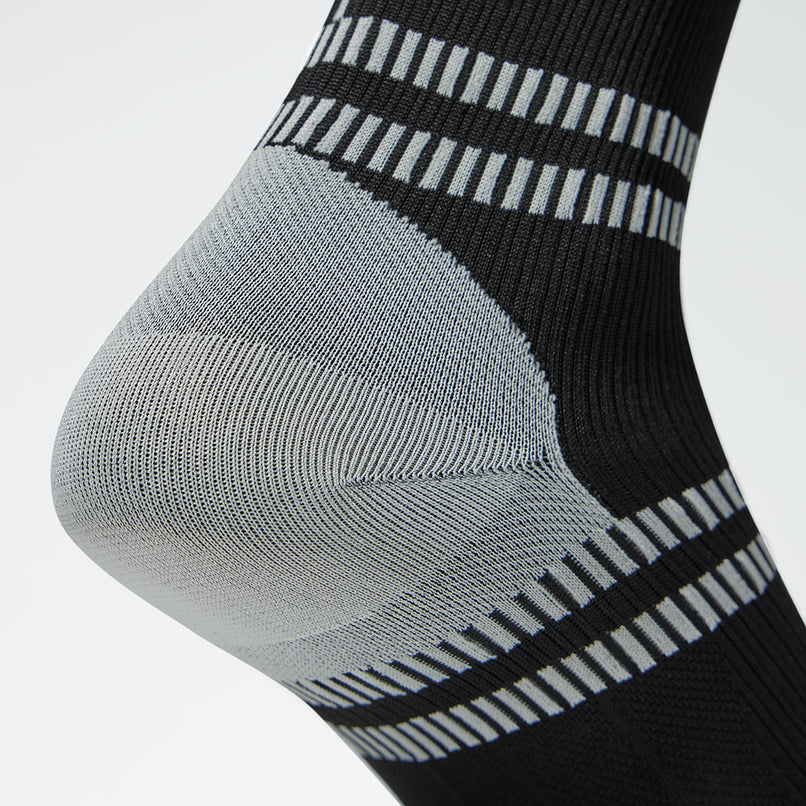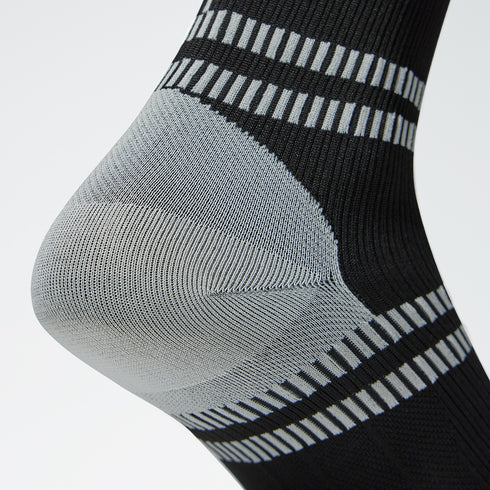How to make a winter run a whole lot easier?

When the temperatures drop and the days shorten, going for a run can feel like a daunting task. Yet, when you recall the invigorating feeling that follows a good run, you find yourself gearing up anyway. We're here to help you tackle the winter cold more easily. But first...
What happens to your body during a winter run?
A winter run certainly has its charm, doesn't it? The crisp air and the healthy glow on your cheeks. However, running in the cold can be more intense. It's not just the temperature; it's the entire experience. Your breathing plays a significant role here. As you inhale, you take in moisture which warms your body, then exhale it out. This process helps regulate your body temperature. In cold, dry air, you'll find yourself taking deeper breaths, losing more heat, and consequently more energy.
Additionally, your heart rate tends to be lower in the cold as it pumps less blood to the skin and limbs. This means your heart works harder during a run to keep you warm, leading to a heavier feeling in your run. You might not achieve a personal best in cold weather, but it's not because you're less fit during winter.
Lastly, a proper warm-up is crucial when it's cold outside. While warming up is always important, it's even more so in winter. Stepping outside into the cold contracts your muscles, reducing your flexibility and increasing the risk of injury. Starting with some light exercises or easy jogging can help prevent injuries.
How to make winter running easier for yourself?
During winter, there's a tendency to overdress, which can lead to discomfort during your run. Remember, you'll warm up as you move. However, don't forget your STOX! Our running socks with compression help regulate blood flow, preventing it from pooling in your lower legs. They also provide optimal comfort, preventing your legs from feeling heavy or swollen during training.
To make it easier to get out into the cold, consider maintaining a running schedule or finding a running buddy. Having a set plan or someone to motivate you can make it less daunting. Additionally, planning your training sessions ahead of time can help ensure consistency.
Recovery period
To recover faster after your winter adventure, you should wear your STOX Recovery Socks. The socks improve the drainage of blood and fluid, which speeds up the recovery period of injuries like shin splints, calf and Achilles tendon problems. In addition, the Recovery Socks reduce muscle fatigue and promote the removal of body waste. This will help you to recover faster after a run.
So if you're well prepared, it's a lot easier than you think. Let's go!

Niek van Spronsen
Niek has been part of the STOX Energy Socks team since 2022, writing informative and inspiring articles about compression socks, sports, health, and nutrition. With a passion for an active and healthy lifestyle, Niek shares valuable tips and advice to help athletes and health-conscious readers improve their performance and well-being.
All products
Discover now
Niek van Spronsen
Niek has been part of the STOX Energy Socks team since 2022, writing informative and inspiring articles about compression socks, sports, health, and nutrition. With a passion for an active and healthy lifestyle, Niek shares valuable tips and advice to help athletes and health-conscious readers improve their performance and well-being.
